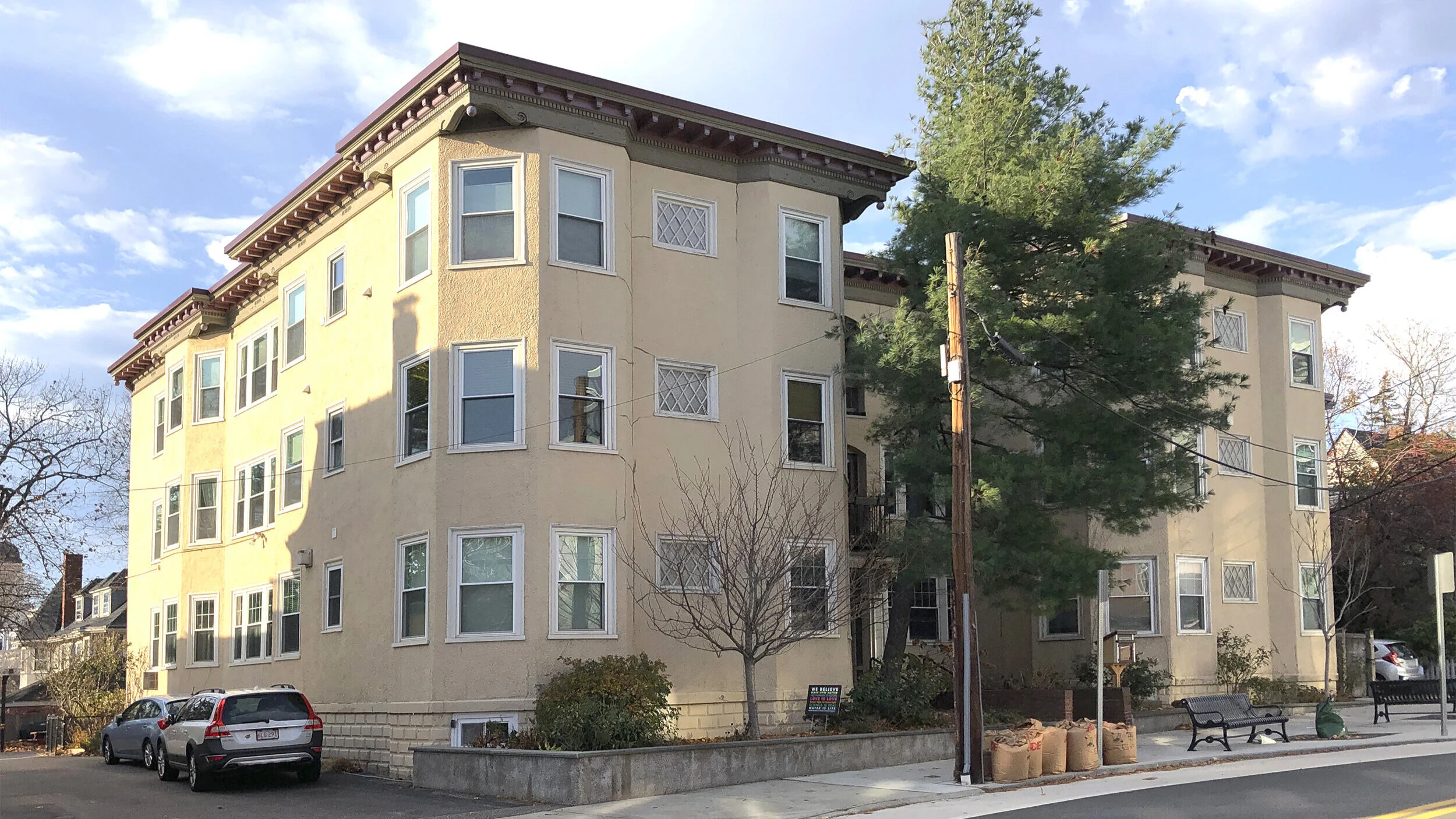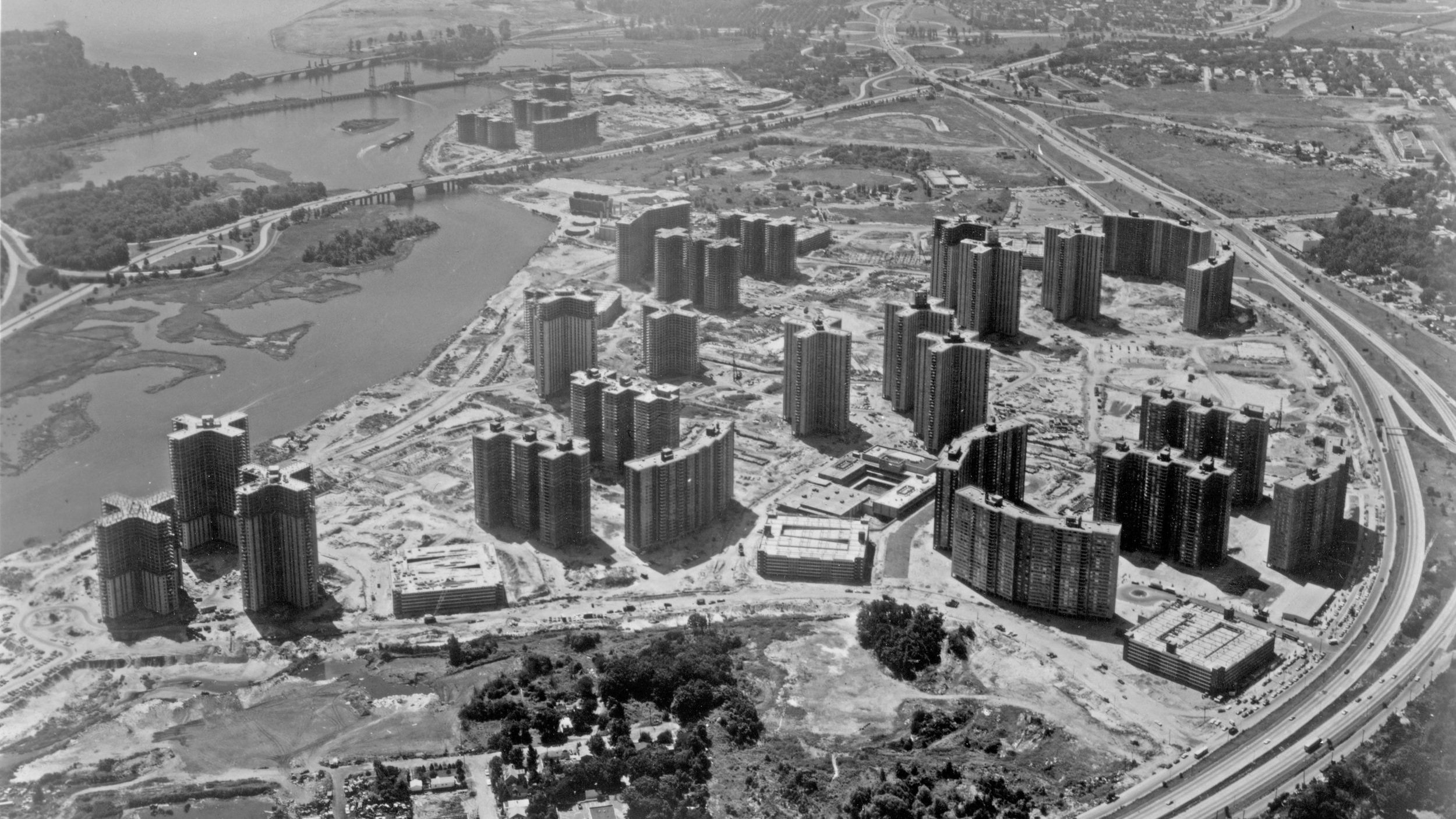Housing Beyond and Within the Market, Part 1: Cooperative Housing and the Racial Wealth Gap
This article is co-published with Market Failure, ed. Eric Peterson. It is the first in a three-part series.
What 2020 Revealed
Over the last few years, the understanding of how the U.S. housing market has failed Black Americans has shifted. Black tenants and homeowners, Civil Rights activists, and historians have long worked to expose the pernicious effects of a market-based system, which for generations has left Black people paying more for less, in underserved, often harmful, neighborhoods. In the aftermath of the racial reckoning reawakened by the summer of 2020, the debate has come to refocus on the particular role of housing in building wealth, and how exclusion from the ownership market has left Black families with far less equity than white. The numbers are staggering: Black households in the United States hold, on average, just one-tenth of the wealth of white ones. And the single-largest determinant of household wealth is home equity.
These revelations have led some to call for reparations—and many, on both the left and the right, to argue that access to market-based homeownership should be part of these reparations. This solution echoes proposals advanced by generations of policy makers confronting fallout from the racialized housing market. On the surface this makes sense.
But is offering more of what ails us (the market) the right solution? Apart from the question of the market’s purported efficiency in delivery, can a housing system steeped in racism become anti-racist? Even if lending, sales, appraisals, and countless other elements of the market system could somehow be made anti-racist, the market values of homes are prone not just to appreciation, but to decline. And history also shows that the brunt of those busts is felt disproportionately by those of modest means, and, especially, by the Black community. Is wealth building via home-as-commodity—assumed to appreciate in value, to be drawn on to pay for other non-negotiable needs including retirement, health care, or education—really the best, and only imaginable, way forward?
Figure 1. The Dunbar Apartments were constructed between 1926 and 1928 on a full city block in Harlem, New York City. As this marketing brochure reveals, the complex was originally conceived as a nonprofit cooperative for African Americans. It was sponsored by John D. Rockefeller Jr. and designed by Andrew J. Thomas. Courtesy of Frances Loeb Design Library, Harvard University.
In this series of three articles, I argue no. I propose a different housing model, one that sidelines the notion of individual wealth building: the nonprofit cooperative. This form of tenure is sometimes also referred to as the resale-restricted or limited-equity cooperative and explicitly precludes accumulation of wealth through rising resale values. In doing so, however, it opens up access to other benefits, ones often precluded by market-based housing (Figure 1). In her study of such cooperatives in Washington, D.C., anthropologist Amanda Huron has poignantly articulated these benefits as long-term affordability, control, stability, and community. To those four advantages I—an architect and historian—would also add a fifth: design innovation.
I know that this proposition is a hard sell. Why might anyone give up the right to build wealth through home ownership? Shouldn’t narrowing the wealth gap—even if it exposes households to market risks—be the top priority? Nonprofit housing cooperatives and their requirement for collective self-governance are certainly not for all. And they will not solve the range of the nation’s other racial inequities so starkly revealed in 2020, whether in criminal justice, healthcare, or education. What they do, though, is offer a way for advancing other racial justice values, including self-determination, and creating paths for other forms of upward mobility, by allowing families to spend less on housing. After all, what is housing is for?
The Dichotomy of Affordable and Market-rate
To understand why I am intrigued by the nonprofit cooperative, let’s first take a step back to understand the limits of the U.S. housing system. Despite enormous subsidies in the form of tax write-offs and other indirect tax expenditures, market-rate housing—rental or owned—in most places goes for whatever price the market brings. For decades it has served the majority of people well—at least white people. Increasingly, however, due in part to the financialization of housing, the speculative nature of real estate, and widespread limitations imposed by land-use regulations like zoning, the private market serves only the wealthy, undercutting the promise of access and wealth-building for many.
“The U.S. housing system is . . . caught in a pernicious dichotomy between two systems that seem to operate either entirely within or entirely beyond the market and its perceived advantages.”
So-called affordable housing, rental and owned, also falls short of serving all who need it. Here, subsidies—also mainly indirect tax expenditures, but to the private and nonprofit builders responsible for producing this income—and price-restricted housing—are far too meager to meet demand. Even if they did, however, regulations mean that only those within a defined income bracket have a chance of gaining access. This often excludes the poorest families whose incomes fall short. It also often excludes middle-class households who, especially in high-priced areas like the country’s coastal cities, are too wealthy to qualify for affordable housing but too poor to access the market. In addition, critics argue that affordable housing keeps the poor, poor by penalizing economic success: in most programs, residents have to move if household income rises. Meanwhile, affordable housing already explicitly prohibits or restricts residents’ wealth-building through housing.
The U.S. housing system is thus caught in a pernicious dichotomy between two systems that seem to operate either entirely within or entirely beyond the market and its perceived advantages. Nonprofit cooperatives offer another way to conceptualize housing.
Within and Beyond the Market
The idea of nonprofit housing cooperatives emerged in the late nineteenth century amidst a crisis of adequate and affordable housing for workers in Europe’s industrializing cities. Legally, a cooperative is a form of membership-based corporation; in the case of a housing cooperative, residents buy shares in return for a proprietary lease to an apartment or house, for which they pay a monthly fee (variously referred to as maintenance, carrying charges, or rent). A cooperative is thus a hybrid between homeownership and rental models. The cooperative movement’s guiding principles were (and still are) democratic self-governance by the resident-members and the renunciation of profit. Advocates thus like to frame cooperatives as free from speculation, as operating beyond the market. Throughout their more than one-hundred-year history, however, housing cooperatives have generally blossomed within market-based, capitalist frameworks, at least when there was adequate political backing by the state. This held true around the globe particularly in the interwar and post-war years (1920s–1970s), including in the U.S. (Figure 2), with New York City’s limited-dividend and Mitchell-Lama programs an outstanding example. In more recent decades, the nonprofit cooperative has seen a renaissance in places as disparate as São Paulo, Berlin, and Barcelona.
Figure 2. St. Joseph Cooperative Homes under construction in 1967 at Circuit and Washington Streets in Roxbury, Boston. The project was part of the work of Freedom House, an organization founded in 1949 by African American social workers Otto P. and Muriel S. Snowden. The development was co-sponsored by the Catholic Archdiocese and designed by Paul G. Feloney. Photograph by Pierce Permain. Courtesy of Freedom House, Inc. collection, at Northeastern University Archives and Special Collections.
The seemingly paradoxical nature of nonprofit cooperatives—housing that is privately built and owned but that generally costs less than private, market-rate housing, even without subsidy—has made it acceptable across political divides. On the left, protagonists who view housing as a human right embrace the rejection of profit over people. On the right, backers celebrate residents’ responsibility and self-sufficiency. This hybrid nature, in politics and economics, is precisely what makes nonprofit cooperatives worth revisiting in light of the persistent racial inequality in the U.S. today. Yet to make the case for it, we need to understand what makes such cooperatives not only possible, but desirable.
Boston v. Zurich
That was the goal of a five-week workshop I co-taught together with research assistants Ana Arenas and Hugh Ebdy in the summer of 2020 at MIT’s Department of Architecture. The class investigated cooperative conditions in one U.S. city: Boston. We took the results of the project Cooperative Conditions: A Primer on Architecture, Finance and Regulation, co-directed by myself and Anne Kockelkorn in the spring of 2020 at ETH Zurich, as a point of departure; there, students had dissected the conditions of cooperative housing in Zurich, Switzerland. The hook for choosing Zurich, which has been a leader in this form of housing for over a century (Figure 3), was the exceptional range of architecture that has been realized by a younger generation of housing cooperatives over the past twenty-five years. Zurich also appealed because, like Boston, it is a center of global finance, and the two cities are similar in size and have similarly high costs of living.
Figure 3. The Familienheim Genossenschaft Zürich is one of the first cooperative organizations to emerge in the 1920s to provide housing for working-class families on the outskirts of Switzerland’s largest and rapidly industrializing city. The elevation drawing of a five-unit building by architect F. Reiber shows the traditional Heimatstil-architecture favored at the time. Courtesy of FGZ Archiv.
In the realm of housing, however, there are key differences. Chief among these, Zurich is a renter’s city. Less than 10 percent of homes are owner-occupied (excluding co-ops), and of the remaining 90 percent of the housing stock, 20 percent is co-operatively run. (Other owners of rental housing include individuals and institutional investors who rent at market rates, and the city, which rents some housing at cost and some as public housing.) Moreover, strong, universal tenant protection laws offer renters rights typically only available in the U.S. through ownership, including security of tenure. Another critical difference is that cooperatives in Zurich conceive of themselves as rental organizations, even though members are shareholders (co-owners). In the U.S., by contrast, nonprofit cooperatives—like market-rate co-ops, where tenants can sell their apartments for whatever the market will bear—are considered a form of ownership. A final distinction is that because owner-occupancy is so rare in Zurich, co-ops face little pressure to abandon their social goals (a pressure many nonprofit co-ops in the U.S., where they exist, have proven unable to resist).
Still, we wanted to know, how might Zurich’s approach to housing be translated to the Boston area? Might there be a history of cooperative housing in Massachusetts—a state well-known for the prevalence of nonprofit community development corporations (CDCs) as well its long history of housing laws aimed at economic and racial integration—that could be built upon? The third article in this series will address those questions directly. In part two, I explore the three key aspects of Zurich-style cooperative housing that make it work, and which, if transferred to U.S. cities like Boston, could reframe how the racial wealth gap is addressed through housing: that it is conceived and realized at cost; that it functions at scale thanks to favorable rules around financing; and that it is developed at the cutting edge of architectural processes.
Author’s note: I would like to thank Ana Arenas and Hugh Ebdy, research assistants of the MIT workshop, who were instrumental in developing the framing of the class and of this article. Thanks are also due to the many experts on cooperative housing in Zurich and the Boston area who so generously shared their thoughts, knowledge, and contacts with the classes. Final thanks go to the institutions, MIT and ETH, as well as their students, who made this research possible.






